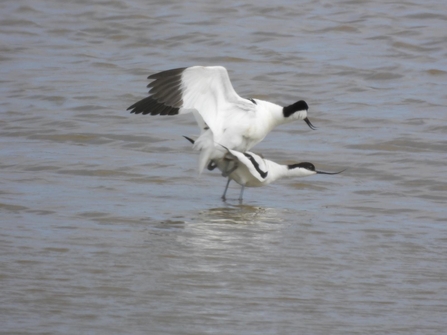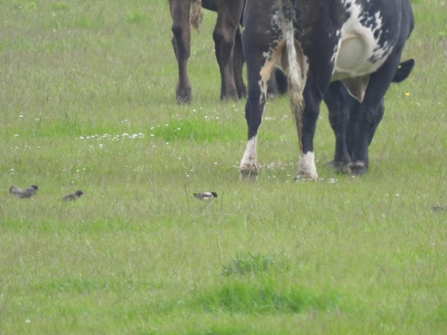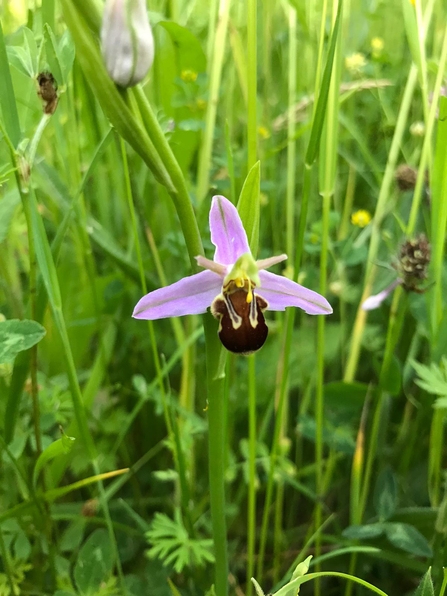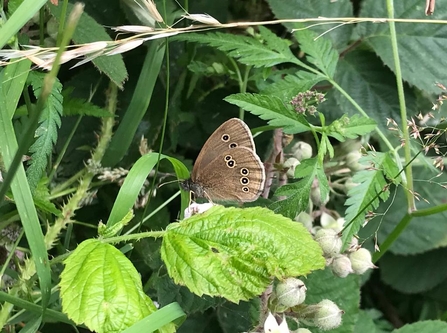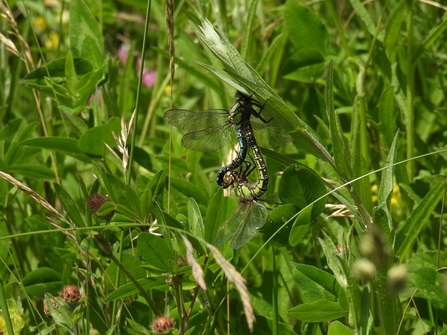The high-water levels remained on Anderby Marsh into June and a pair of avocets were confirmed to be breeding. First recorded incubating eggs on 1st June they continued to do so until 22nd June when it was unfortunately predated by a fox only days from hatching. This is the first time that avocet has ever attempted to breed in the Lincolnshire Coastal Country Park.
The wet marsh also attracted records of greenshank, lapwing, little ringed plover, redshank, green sandpiper and curlew during the month.


